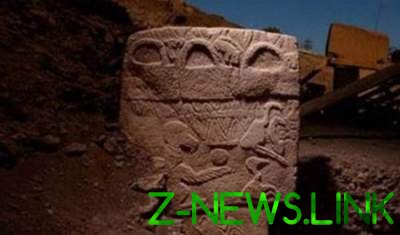 Buildings with a fascinating history.
Buildings with a fascinating history.
Religious buildings have been around for thousands of years and are proof of the existence of other civilizations and cultures. These buildings and today enchant with their beauty and grandeur. In this review we will focus on 10 of the most ancient temples on the planet.
1. The Palace of Knossos
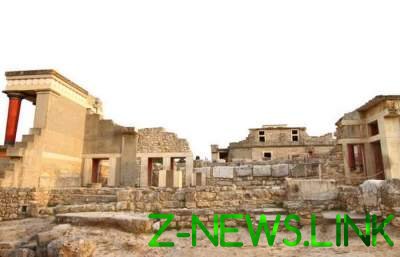
Greece
Built to the South-East of Heraklion, Knossos was inhabited for several thousand years, beginning with the seventh Millennium BC, It was abandoned after its destruction in 1375 BC. The great Palace of Knossos, built between 1700 and 1400 BC, the first Palace, which was built around 1900 BC. The function of the website is not entirely known, although it is stated whether it was used as an administrative center or a religious center (or maybe both).
According to Greek mythology, the Palace was designed by the architect Daedalus by order of king Minos, who then imprisoned the famous architect in the dungeon so that no one discovered the plan of the Palace. The Palace has also been associated with the mythological Labyrinth which was the abode of the Minotaur. The Palace was abandoned around the end of the bronze age (1380-1100 BC) due to multiple disasters, including earthquakes and fire. It is also one of the oldest buildings in the world .
2. Göbekli Tepe
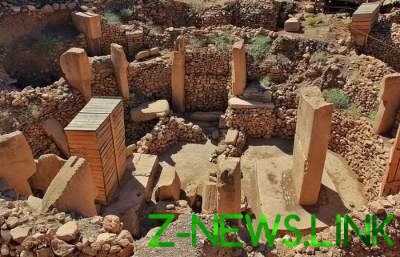
Turkey
Göbekli Tepe, which is located on a hilltop in southeastern Turkey, is considered the oldest temple in the world. It dates from 10-8 millennia BC, i.e. the temple was already 12 000 years. Excavations began in 1995 by Professor Klaus Schmidt, who considers this object as a sanctuary. Archaeologists believe that it was a place for worship, ritual or religious purposes.
On the pillars of Göbekli Tepe was found carved reliefs, mostly images of lions, foxes, boars, snakes, cranes and wild ducks. The construction of the temple was preceded by the emergence of pottery, writing, and the invention of the wheel and livestock. At the site there were no traces of domesticated plants or animals.
3. The Temple Of Amada
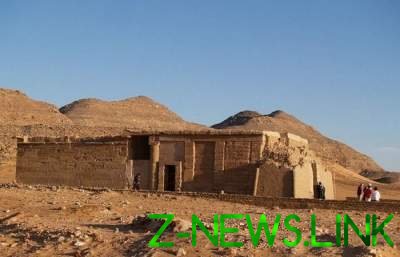
Egypt
The temple of Amada is the oldest temple in Nubia. It dates back to the times of the eighteenth dynasty and was first built by Tuthmosis III, who dedicated a temple to Amun-RA and Re-Horakhty. Amenhotep II continued the decoration of the temple of Amada, and his successor Thutmose IV installed a roof over a patio. Later, Akhenaten, who tried to abandon polytheism and to introduce the cult of Aten, banned in the temple worship of Amon, but SETI I during the 19th dynasty all returned to normal.
In the temple of Amada was found two important inscriptions. The first belongs to Amenhotep II and was made in the third year of his reign. It describes the ruthlessness of the Pharaoh during battles in Asia, where he personally executed the chiefs of the seven district Tachi. In the second text mentions the defeat during the attempted invasion of Libya during the reign of Merneptah. It has preserved many beautiful objects, including bright colored reliefs.
4. Temples Of Ggantija
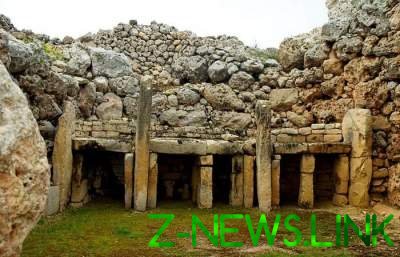
Malta
They are older than Stonehenge and the great pyramids of Egypt. That’s two Church of Ggantija on the island of Gozo off the coast of Malta, which was included in the world heritage list of UNESCO. Temples Dating to between 3600 BC and 3000 BC, was dedicated to the great Mother Earth. Also found in them the evidence that they in his time was the Oracle.
The name of Ggantija comes from the word “Gangut”, the Maltese word for giants, as local folklore believed that these buildings were built by giants, who used them for worship. Today very little is known about the religious ceremonies which were held in this place, but scientists believe that there were animal sacrifices and “victims of a fluid”, which filled in the holes. Perhaps gigantia was a place of cult of fertility .
5. Hajar Kim and TA ‘ Cenc

Malta
These two temples were built between 3600 BC and 3200 BC on the southern edge of the island of Malta. The distance between the two megalithic temple complexes of approximately 500 metres. In 1992, UNESCO recognized these structures are a world heritage site by UNESCO.
It is assumed that the temple was used for astronomical observations or as a calendar. There was found no written records that tell about the purpose of these structures, but here were found the remains of animal bones and sacrificial flint knives and holes through which the ropes that were pulled down (probably the victim). The temples were not used as tombs, because they found no human remains. It is assumed that these 5500-year-old structure was used for religious purposes.
6. The Temple Of SETI I
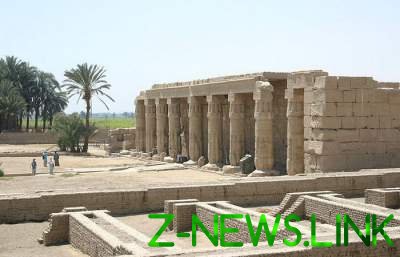
Egypt
The temple is located in Abydos on the banks of the river Nile. It was built in 1279 BC, around the time of the end of the reign of Pharaoh SETI I. it is believed that his son Ramesses II completed the construction of this temple, dedicated to Osiris, which has seven shrines, each of which is designed to separate the Egyptian gods (Horus, ISIS, Osiris, Amon RA, RA-Horakhty and Ptah). The most remarkable thing in this Church is a list of the kings of Abydos, which is cut on the wall (it contains the names of 76 kings of the ancient Egypt).
7. The Hypogeum
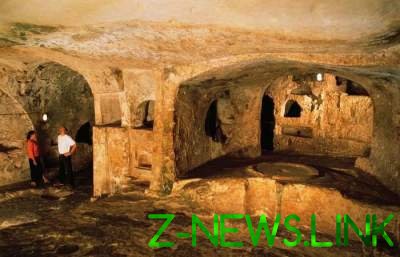
Malta
Located in Malta, this temple was accidentally discovered in 1902. It is located entirely underground and original, believed to have been a sanctuary. In it, archaeologists found the remains of more than 7,000 people, as well as a number of items such as amulets, beads, ceramics, stone and clay heads, carved figures of people and animals.
The most remarkable discovery – a clay figure called “the Sleeping lady” which, as suggested by learned, symbolizes the mother goddess. It is believed that the site was first used as early as 4000 BC and abandoned in 2500 BC, Today it is a world heritage site by UNESCO. In addition, it is allowed to visit only a few people a day, and in turn need to sign up for a few weeks before.
8. Hatshepsut’s Temple
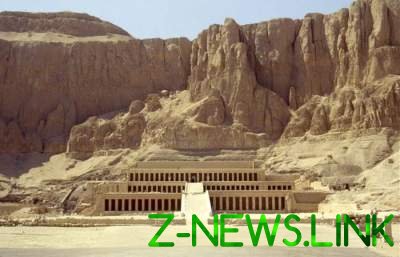
Egypt
The mortuary temple of Hatshepsut at Deir El-Bahri located on the West Bank of the Nile. It was designed by a statesman and the architect of the female Pharaoh Hatshepsut named Senmut. It took a total of 15 years to build this temple between 7th and 22nd years of the reign of Hatshepsut (who ruled from 1479 BC until her death in 1458 BC). The temple was built to commemorate the achievements of Hatshepsut and to serve as a funerary temple for her, as well as to act as a sanctuary of the God Amon RA.
9. Luxor temple

Egypt
Luxor temple, located on the East Bank of the Nile river, is one of the oldest Egyptian temples. Although today it is a tourist attraction, was originally the temple was dedicated to three Egyptian gods: Amun, Mut and Khonsu. The temple was used for the festival of Opet, one of the most important religious festivals in Ancient Egypt. The temple was built in 1400 BC by Amenhotep III (1390-52 BC), and then was completed by Tutankhamun (1336-1327 BC) and Horemheb (1323-1295 BC).
10. Stonehenge

England
Stonehenge, located in Wiltshire, England, is one of the most famous and the world’s oldest megalithic structures. It is believed that it was built from 3000 to 2000 years BC. Stonehenge consists of a ring of standing stones, each about 4 meters, 2 – 3.5 meters wide and weighs 25 tons.
It is unknown what civilization has done to this structure, since it left no written records. In addition, people do not know the exact purpose for which Stonehenge was built. It is widely believed that the monument was used as a burial ground or ceremonial complex or the temple of the dead.
© 2017 – 2019, paradox. All rights reserved.





